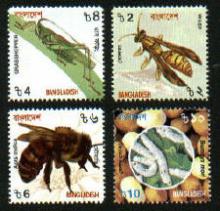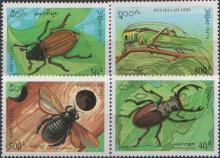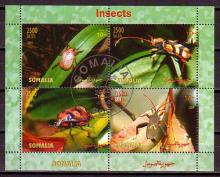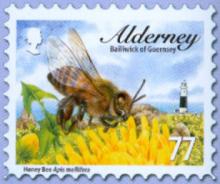
Imidacloprid, one of the most widely used neonicotinoid pesticides, has been named as the likely culprit in the sharp worldwide decline in honey bee colonies since 2006. Researchers at the Harvard School of Public Health say their new research provides “convincing evidence” of the link between imidacloprid and colony collapse disorder. “It apparently doesn't take much of the pesticide to affect the bees,” says Alex Lu, associate professor of environmental exposure biology at Harvard’s Department of Environmental Health, “Our experiment included pesticide amounts below what is normally present in the environment.” The Harvard team’s research results will appear in the June issue of the Bulletin of Insectology (article attached). Lu and his research team hypothesized that the rise in CCD resulted from the presence of imidacloprid, a neonicotinoid introduced in the early 1990s. Bayer CropScience has reviewed the study. According to the company, the study is factually inaccurate and is seriously flawed, both in its methodology and conclusions. In stark contrast, Dutch toxicologist Henk Tennekes says that Alex Lu and co-workers have demonstrated that there is no safe imidacloprid dose for bees, and that this crucial discovery should lead to an immediate ban on the neonicotinoids. The alternative is an environmental catastrophe that is going to affect us all, the toxicologist says. "The data, both ours and others, right now merits a global ban," said Alex Lu."I would suggest removing all neonicotinoids from use globally for a period of five to six years. If the bee population is going back up during the after the ban, I think we will have the answer." The leader of one of the Science studies, Mickaël Henry, at INRA in Avignon, France, agreed with Lu that action is urgently needed on neonicotinoids. "We now have enough data to say authorisation processes must take into account not only the lethal effects, but also the effects of non-lethal doses." In other words, testing whether the pesticide use kills bees stone dead immediately is no longer good enough, given the hard evidence now available that sub-lethal doses cause serious harm. The Xerces Society for Invertebrate Conservation recently published a review of research into the effects of neonicotinoid insecticides on bees, with recommendations for action (attached).










